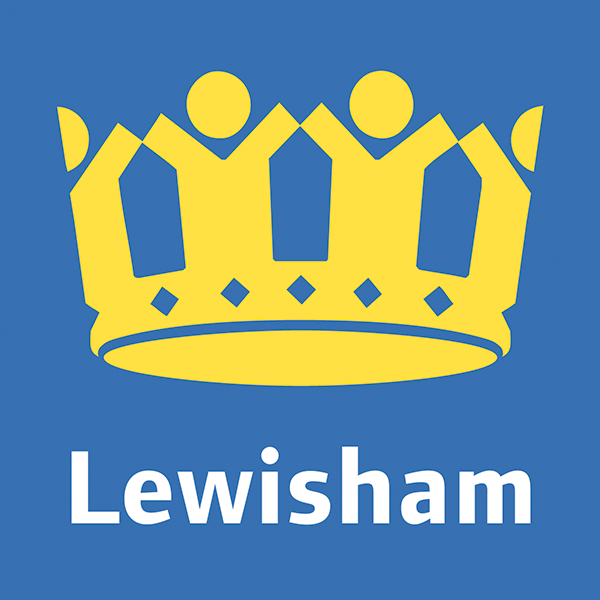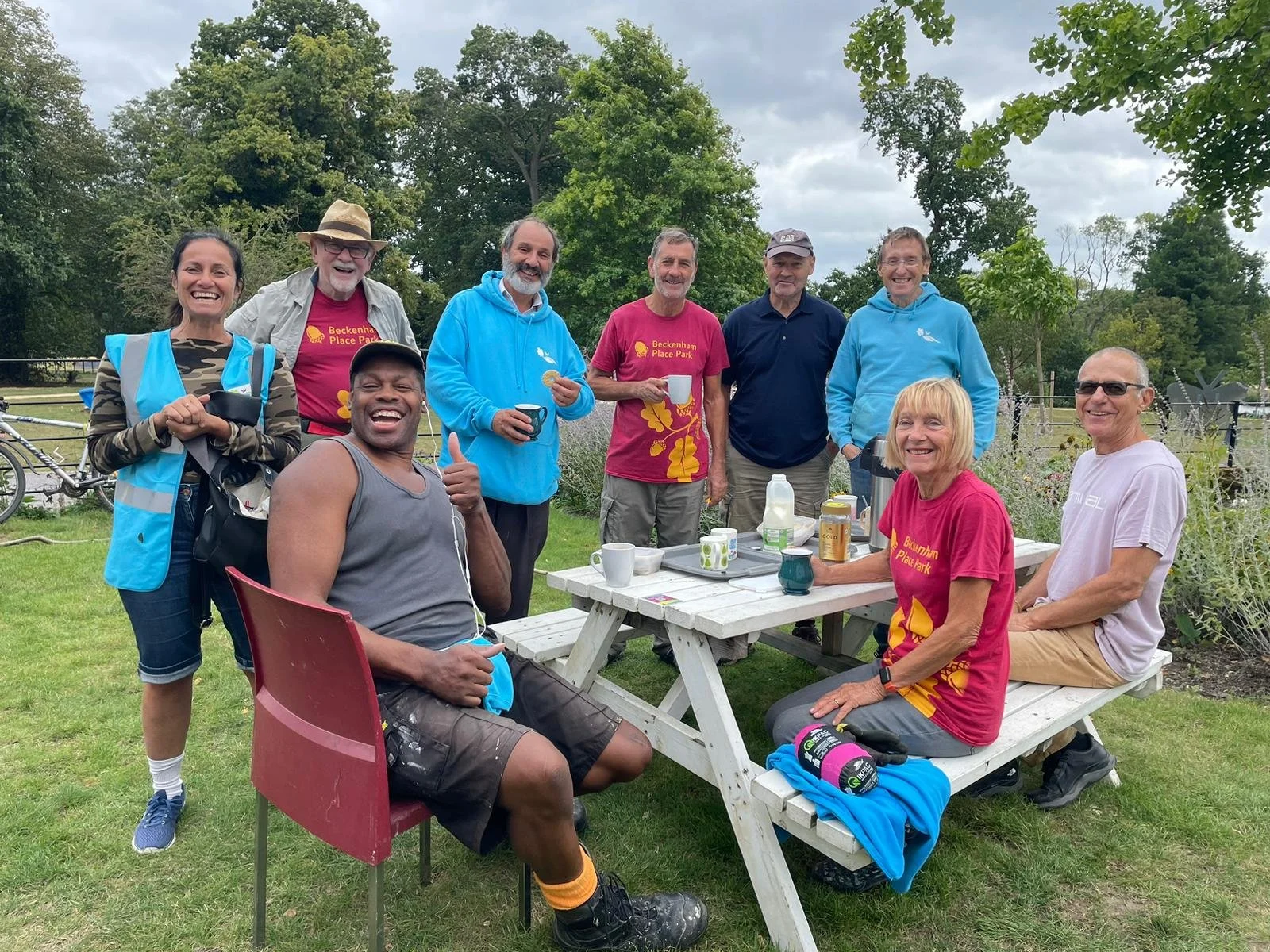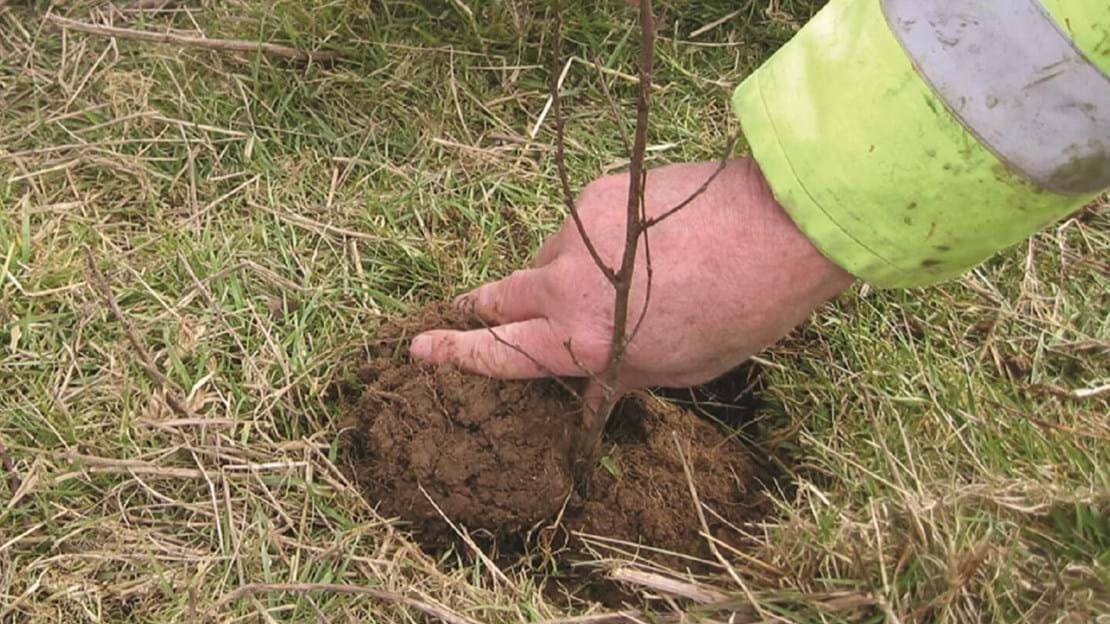A view from the field by Ranger James
Well, what a mixed summer it’s been! We’ve had wet weather, dry weather and quite bit of wind. This mixture creates challenges but the staff and volunteers here have been out in all conditions getting things done and to that end we were all really pleased to retain our Green Flag Award status with very positive feedback from the mystery shop judge and also to gain a Gold award from London in Bloom (an award we haven’t applied for in a number of in a number of years). We don’t do what we do to win awards, but it’s a great feeling for all involved to be recognised in such a way.
Head Gardener Tilly (left) Park Improvment Officer Andy (right) receive our London in Bloom Gold award
One very unfortunate thing the extreme weather brought us was blue-green algae to the lake which suspended the swimming and paddle sport activities for a few weeks. Blue-green algae is, as its proper name of Cyanobacteria suggests, a bacterial colony not an algae, but when the bacterial cells clump together they have the appearance of algae so is often named so. BGA likes nutrients and sunlight for photosynthesis so the mix of a very hot spring, followed by a mix of heavy rain to stir up nutrients and warm sunny days to feed the bacteria caused a bloom. BGA can be toxic when it forms into clumps (rarely more than an upset stomach or skin rash) so there is a defined level at which water activities are recommended to cease. PTP Coaching who manage the activities on the lake test monthly during the summer so were able to quickly spot when the concentration went above this level.
BGA often dies off completely when the water temperature drops low enough over winter but can be retransmitted back by waterfowl if they visit sheltered water bodies that don’t get as cold allowing the bacteria survives. This means it is something we will have to consider in the future.
Image of Cyanotbacteria in the lake
On the East side of the park as we prepare for the contractors to move on to begin the next phase of improvements, Thames21 (a London based river charity) has been running some volunteering and engagement sessions in and around our stretch of the River Ravensbourne and I’ve been very happy to help out with a couple of their wades as we clear litter or work with Downham Mens Group to remove a large piece of Crack Willow that had partially broken off and was dangling precariously into the channel causing the water flow to gouge out the river bed.
Downham Mens Group on their river work day with Thames21
Despite the hit and miss weather it’s been a good summer for wildlife spotting round the park.
We’ve hosted a Big Butterfly Count, which is part of a national campaign by Butterfly Conservation which had good numbers despite the breezy weather. Big City Butterflies, which is a London, based project by Butterfly Conservation also came to the park to run a moth event where we trapped moths overnight and then identified them with the public the following day which had over 20 different species.
Our regular bird surveying volunteer spotted a large flock of House Martins recently which are a migratory species and were likely heading back to their winter roosts in Africa and have experienced some moderate decline in the last few years. Also notable mentions for Little Grebes and Tufted Ducks on the lake.
Volunteers taking part in the Big Butterfly Count
We’ve had our bat boxes surveyed by a local expert volunteer with the relevant license, this involved taking out any bats found in the boxes, weighing, measuring forearms, and sexing them. These twice biannual checks allow us to monitor the health of the overall population in the park.
Soprano Pippistrelle bat having it's forearm measered by licensed bat handler
I’ve also been running some bat walks round the park for the public, which have been well attended by people as well as bats! On one night we detected Common & Soprano Pipistrelles, Serotine, Noctule and Leisler’s bats.
We also have some other great local experts who spot things round the park and let myself or other staff aware of things they’ve seen. If you are one of these folks and don’t update currently update anyone onsite with your sightings then please do get in touch on beckenhamplacepark@lewisham.gov.uk it would be great to catch up.
Sunset over the mansion taking during a bat walk
Our volunteers have been really busy over the summer, helping the garden team maintain the formal garden areas, tending to the fruit and veg in the Community garden around the cottage (which has to date this year yielded over 100kg of produce that has been donated to The Downham Gleaning Pantry) and helping out with conservation work out and about in the wider park.
We have recently started up again in the woodland, continuing the work from last winter. You’ll see more holly reduction, hazel coppicing and dead hedge creation. You’ll also see some deciduous tree planting in areas that have been thinned of holly to help the natural woodland regeneration.
Some of our volunteers enjoying a well earned tea break
There will also be a lot of trees being planted on the east side of the park over 2000 in fact! This is part of the regeneration work. If you’d like to help plant some trees (and I am going to need some help with that many!) then please watch this space as there will be some community planting days held over the winter, if you’d like to find out more about the regeneration work in general then please visit our news section here








